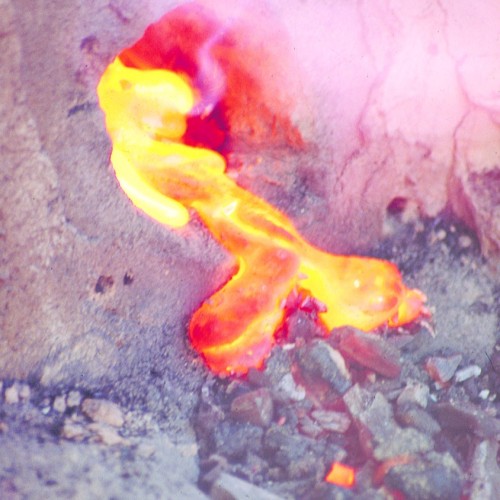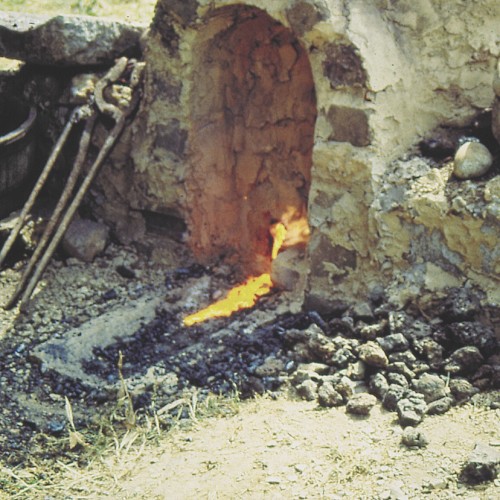
In Etruscan times, Procchio beach - particularly its northern side, near Campo all'Aia and La Guardiola - was an important iron ore processing site. Places where the ore was reduced or, in other words, transformed from raw material into iron and steel, were normally situated along the coast, generally in more sheltered bays, easily accessible to ships laden with hematite brought from the eastern coast of Elba, and near small waterways and large wooded areas producing the large quantities of charcoal required for processing in the furnaces.
A tangible testament to this ancient coastal industry is the iron slag and processing waste from the blooms it produced, which can still be collected on the island's beaches and especially here, along Procchio beach. Much of the slag here was collected during the first half of the 20th century and thrown into blast furnaces to recover the iron it contained. It consists of dark fragments which may resemble fragments of volcanic lava only much heavier due to the iron still contained inside it, a precious element that escaped the ancient metalworkers whose methods were old and rudimentary compared to modern metalworking techniques. The people of Elba once referred to these heavy fragments of ancient slag, found in many areas of the island, as schiumoli ('iron foam') due to their structure distinguished by numerous small cavities and bubbles.
According to a reconstruction by the researcher Gino Brambilla, Etruscan furnaces would have been 1.5-1.8 metres tall. Their sandstone construction was entirely lined with clay. They had a cylindrical combustion chamber and a tapered chimney for the smoke which also served for inputting charcoal and ore. They had two openings, one in the back for introducing air using bellows and one in the front, in the walled-up door, for extracting the slag. Once the furnace was lit using kindling and charcoal, pieces of iron ore, alternated with more charcoal, were dropped in, filling the internal chamber, all the while blowing in air from the back.
After two or three hours of continuous blowing, slag, rich in impurities but also containing a certain amount of iron, would come out through the opening created for the purpose in the front. After about ten hours, when a yellowish-white colour was achieved (approximately 1200°C), a nucleus of soft iron foam would have formed inside the furnace, and this ferrous mass would then be extracted by breaking through the furnace door. The bloom produced in this way was still a raw material requiring further processing in the smiths' forges.



